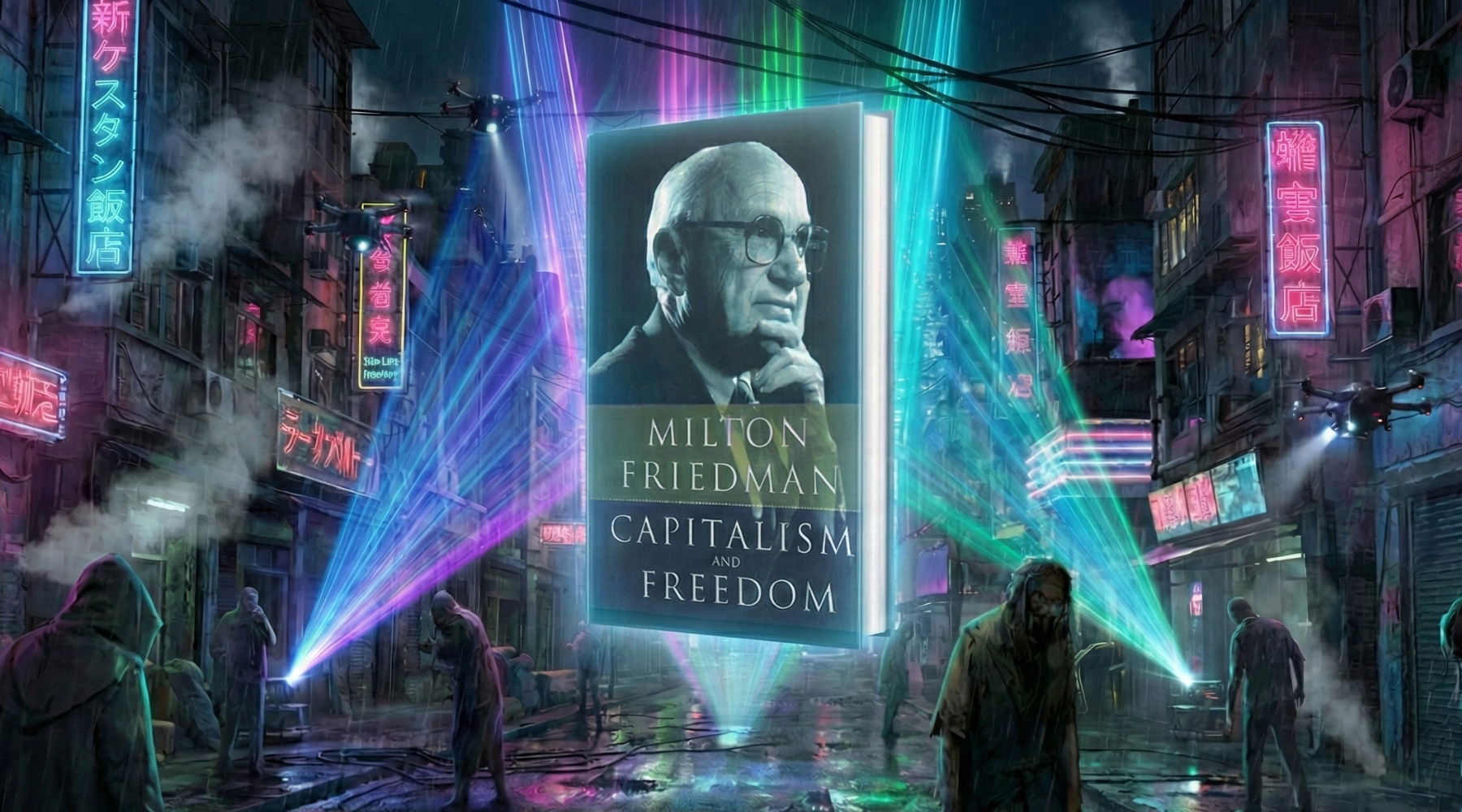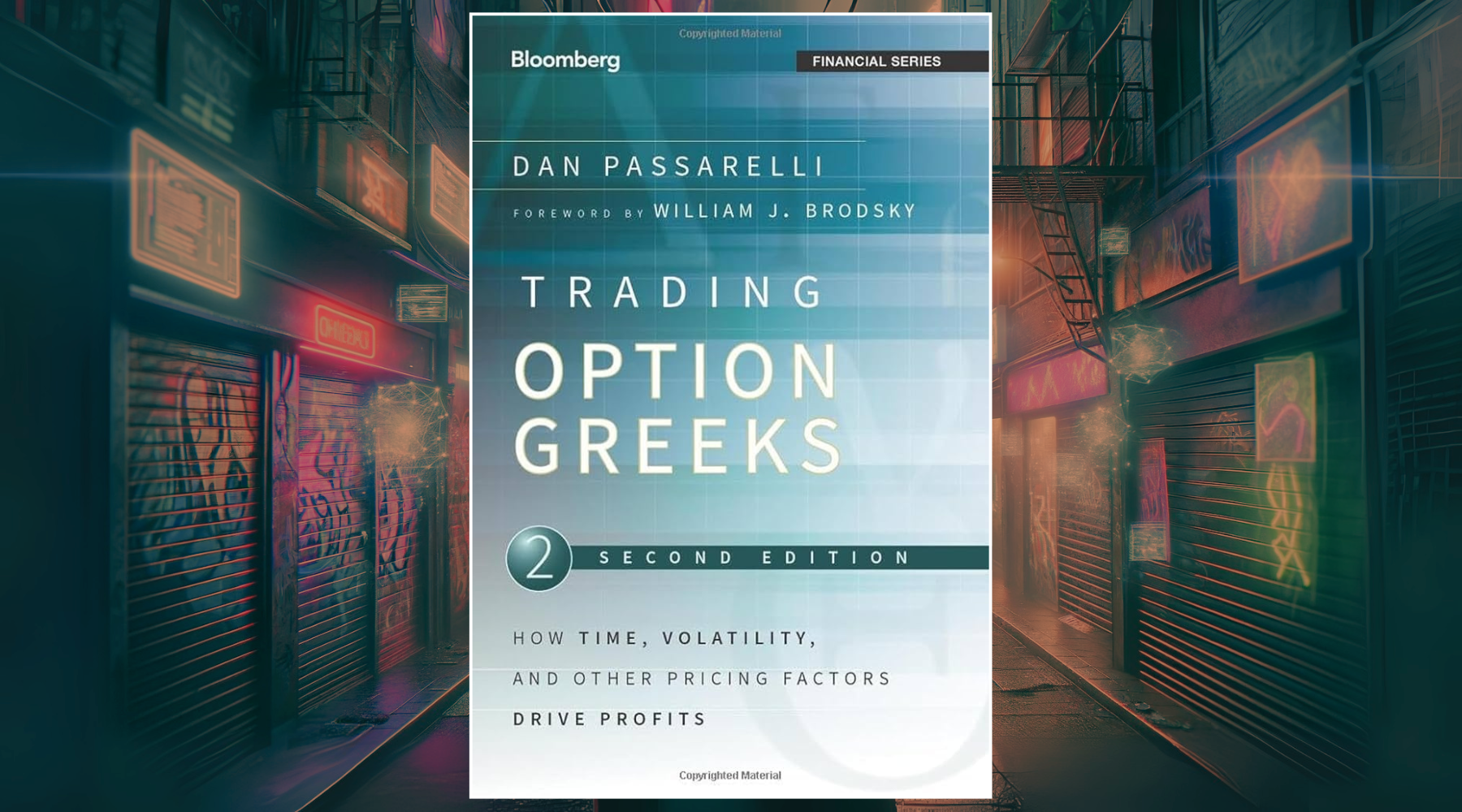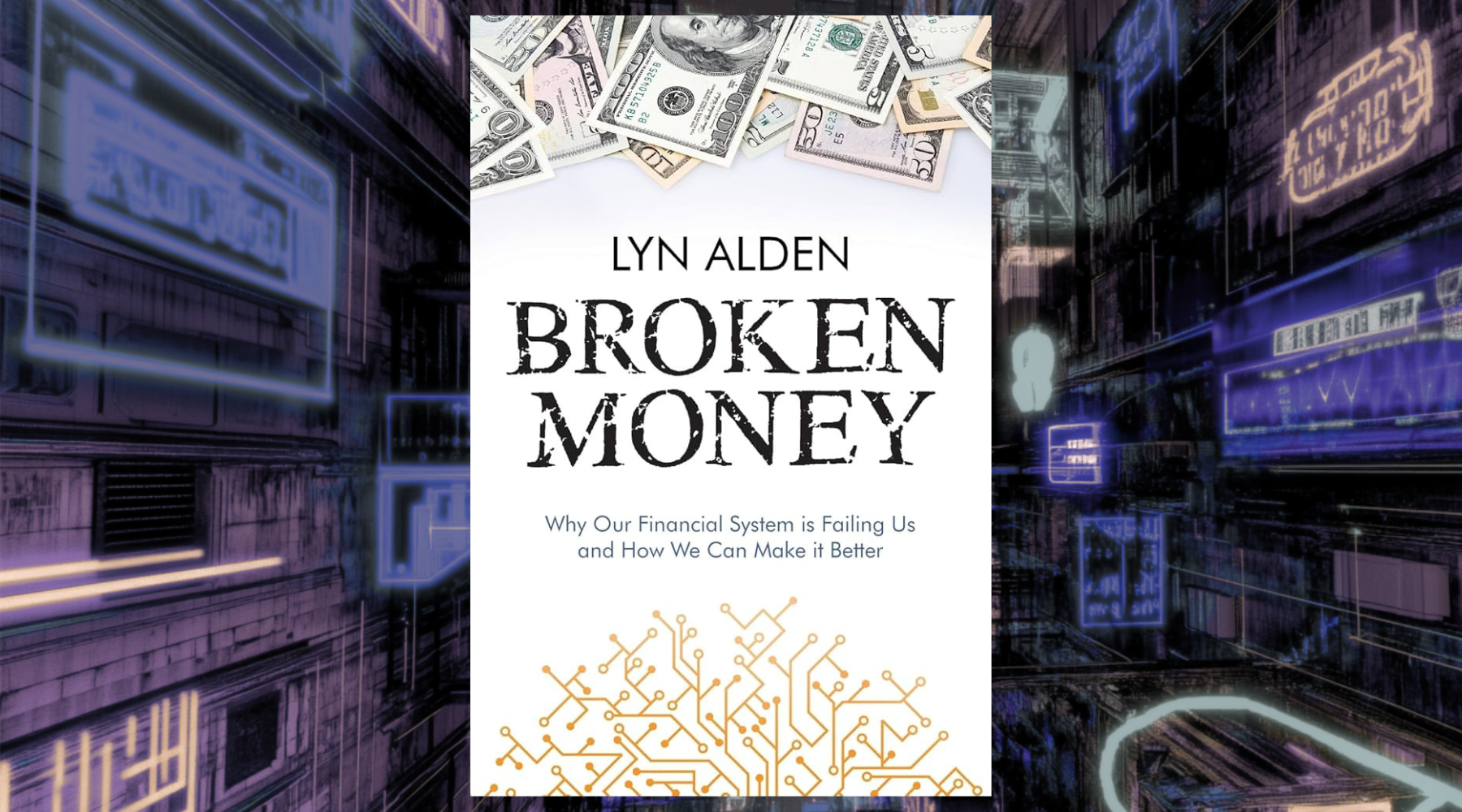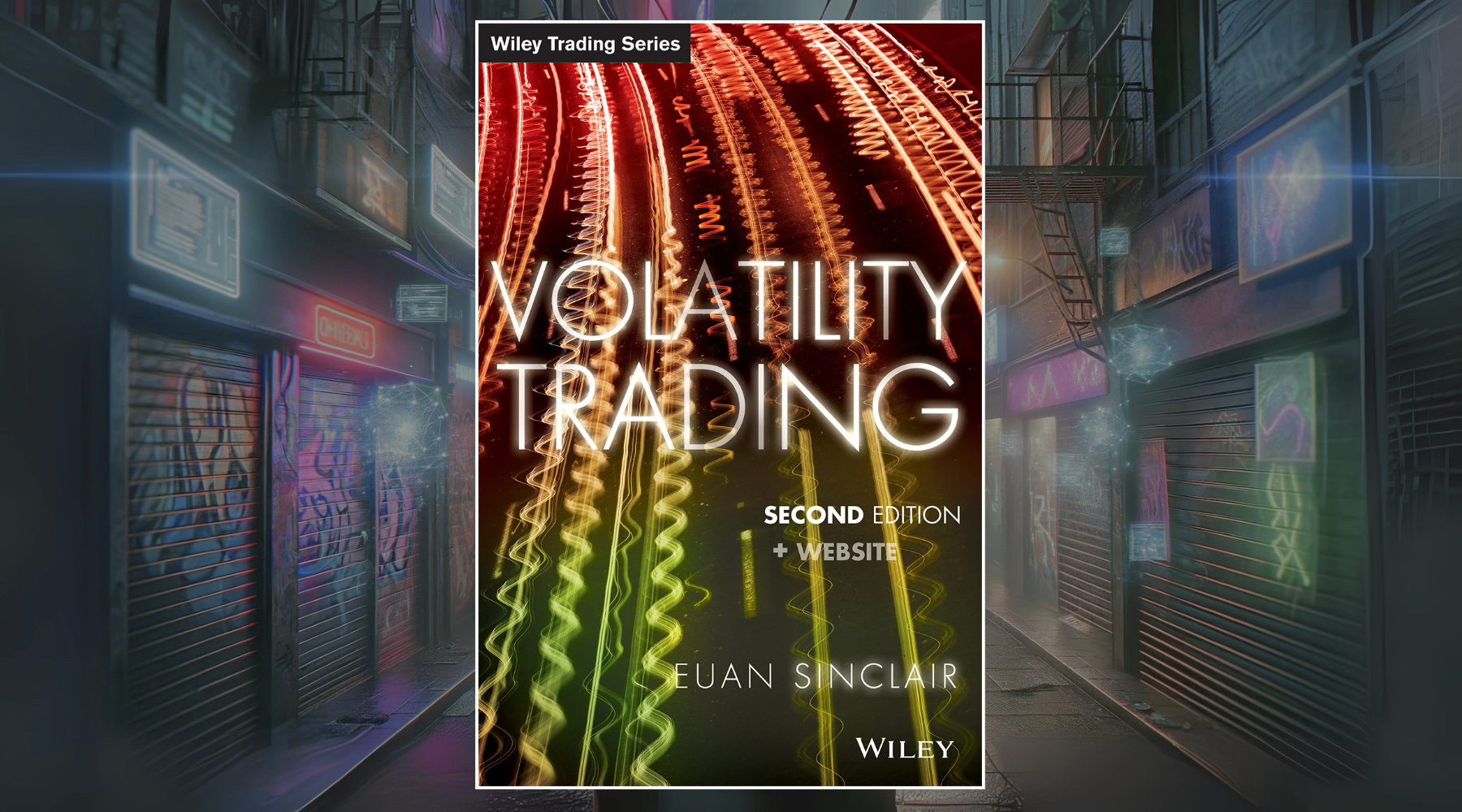Economics in One Lesson: Short Summary

Henry Hazlitt's Economics in One Lesson, first published in 1946, has become a classic introduction to free market economics. The book explains basic economic principles, while exposing some of the most common economic fallacies. This book presents complex ideas in simple, easy-to-understand language using easy to follow examples and analogies. I recommend this book to anyone with an interest in Economics, and mainly because it’s such an easy, short read that sums up huge topics into 3-5 page chapters.
Economics in One Lesson was written over 70 years ago, yet remains extremely relevant today. While some of the specific examples Hazlitt uses are a bit dated, the economic principles are timeless. As governments continue to enact well-intentioned but often misguided economic policies, Hazlitt's warnings against short-term thinking is as true now as ever. The book has inspired generations of free market economists and continues to be one of the best, and my personal favorite, introductions to learning how to "think like an economist."
The central lesson Hazlitt focuses on is what economists call the "unseen effects" of economic policies. He argues that looking only at the immediate, visible effects of a policy while ignoring longer-term secondary consequences will lead to faulty economic thinking. Hazlitt walks through different scenarios - minimum wage laws, price controls, tariffs, rent controls, protectionism - and demonstrates how even policies intended to help groups like the poor or farmers can backfire and cause more harm than good.
Before reading this book, there is one principle that really needs to be understood, and if it’s something that you don’t understand you must at least believe that it is true for the rest of this book to fully make sense to you. And it can be summed up in this one quote from the beginning of the book:
“... all government expenditures must eventually be paid out of the proceeds of taxation; that inflation itself is merely a form, a particularly vicious form, of taxation”. ~ Henry Hazlitt
Here’s a few short summaries of some chapters that I really liked. Although the chapters themselves are very short, it’s tough to summarize them into an even shorter few paragraphs.
Chapter 2: The Broken Window Fallacy
The broken window example, first introduced by Frederic Bastiat, illustrates why destruction, and the money spent to recover from destruction, does not actually stimulate the economy. The “Broken Window” example is referenced throughout the book to showcase the unseen economic impact one thing can have on another.

The example goes like this: Imagine a shopkeeper has a window broken by a vandal. The shopkeeper now has to spend money to fix the window. Some people might think this is good for the economy because the shopkeeper is spending money and providing business for the window repair person.
However, Hazlitt pointed out that this spending comes at the expense of something else the shopkeeper might have spent money on, like buying a new suit. So the window repair person gains business, but the tailor loses the business of selling the shopkeeper a suit. Overall there is no gain to the economy, just a transfer of business. The economy would have been better off if the vandalism did not occur in the first place.
The core insight is that spending money to fix damage is not actually a net benefit to the economy. It just diverts money from more productive uses. This example illustrates the "opportunity cost" of destructive acts.
This "Broken Window" example emphasizes how easily we can focus on the visible, immediate effects (the window repair man getting business) while losing sight of less visible, longer-term effects (the tailor losing business).
Economics in One Lesson
Henry Hazlitt's masterful explanation of economic principles made simple and clear. Learn to see through economic fallacies and understand how government policies really affect markets, prices, and prosperity. The shortest and surest way to grasp fundamental economic thinking.
View on AmazonChapter 4: Public Works Mean Taxes
This chapter examines the fallacy that government spending is the solution to economic problems. Government spending may create jobs and that gives the false impression that this government spending is helping the economy or the country. He argues that every dollar the government spends must be raised through taxation. Therefore, government spending does not create new demand or jobs on net, but merely redistributes demand from the private sector to politically favored projects.
Hazlitt states this fallacy persists because people see the new public works and jobs created by government spending but overlook the jobs and production lost in the private sector due to higher taxes.
“The great psychological advantage of the public housing advocates is that men are seen at work on the houses when they are going up, and the houses are seen when they are finished. People live in them, and proudly show their friends through the rooms. The jobs destroyed by the taxes for the housing are not seen, nor are the goods and services that were never made”. ~ Henry Hazlitt
Overall, he contends that government spending may benefit some groups in the short run but harms the economy as a whole in the long run by reducing incentives and distorting the efficient allocation of resources.
Chapter 19: Minimum Wage Laws
In this chapter, Hazlitt argues that minimum wage laws increase unemployment, especially among the most vulnerable and marginalized workers. He sees wages as prices determined by supply and demand in a free market based on the productivity and value of labor. Legislatively raising wages does not make workers more productive or valuable.
Instead, Hazlitt explains that employers must compensate for higher mandated wages by raising prices, accepting lower profits, or reducing their workforce. Most choose layoffs. So while intended to help workers, minimum wage laws actually price some of them out of jobs. Free and open market forces do a better job setting fair wages than arbitrary legal wage floors.
“We cannot distribute more wealth than is created. We cannot in the long run pay labor as a whole more than it produces." ~ Henry Hazlitt
The Lesson After Thirty Years

This final chapter was added 30 years after the book was originally published. Hazlitt uses this chapter to reflect on the last 30 years of history through the lens of his book's key lessons.
He notes that most of the flawed government policies he critiqued have become further entrenched. Legislators continue embracing inflationary monetary policies, destructive rent controls, high tariffs, and deficit spending as if his lessons have been forgotten.
While the economy has grown substantially in 30 years, he argues it could have grown much more and delivered greater prosperity if his policy advice had been heeded. Government interventions have needlessly hampered production incentives and efficiency.
Hazlitt remains convinced free market capitalism offers the best path to widespread economic progress. But he sees the prevailing political winds continuing to blow strongly toward state control rather than economic liberty.
My Thoughts

It’s a short, simple read, but also very clearly explains concepts that other books can put you to sleep with. Hazlitt uses common sense examples and logic to debunk economic myths. He’s persuasive in his arguments for a free market economy without having to say too much.
Hazlitt argues passionately for free market capitalism, limited government, and economic liberty as the policies most conducive to broad-based prosperity. He illustrates how prices, wages, and production are best determined by market forces rather than central planning.
Overall this is one of my all time favorite economic books.









Leave a comment
This site is protected by hCaptcha and the hCaptcha Privacy Policy and Terms of Service apply.